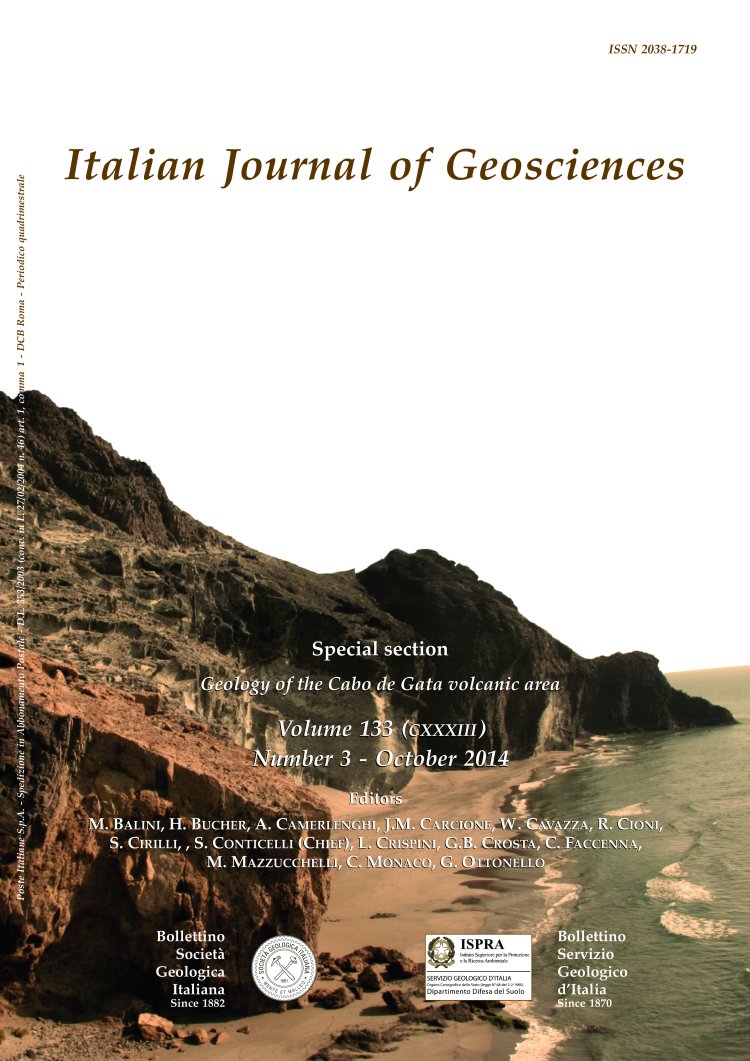
Geochronology, Geochemistry and Geodynamics of the Cabo de Gata volcanic zone, Southeastern Spain
Massimo Mattei (1), Nancy R. Riggs (2), Guido Giordano (1), Luisa Guarnieri (3), Francesca Cifelli (1), Carles C. Soriano (4), Brian Jicha (5), Alia Jasim (6), Sara Marchionni (3), Luigi Franciosi (7), Simone Tommasini (3), Massimiliano Porreca (8) & Sandro Conticelli (3)
(1) Dipartimento di Scienze, Università degli Studi Roma Tre, Largo San Leonardo Murialdo, 1 - I-00146 Roma, Italy. Corresponding author e-mail: massimo.mattei@uniroma3.it(2) School of Earth Sciences and Environmental Sustainability, Northern Arizona University, Flagstaff AZ 86011 (USA).(3) Dipartimento di Scienze della Terra, Università degli Studi di Firenze, Via Giorgio La Pira, 4 - I-50121 Firenze, Italy.(4) Institut de Ciències de la Terra Jaume Almera, CSIC (Spain).C/ Lluís Solé Sabarís s/n, Barcelona E-08028, Spain.(5) Department of Geosciences, University of Wisconsin-Madison, Madison, WI 53706, United States of America.(6) School of Earth Sciences, University of Bristol, Wills Memorial Building, Queen's Road, Bristol BS8 1RJ, United Kingdom.(7) Dipartimento di Scienze della Terra, dell'ambiente e delle Risorse, Università degli Studi di Napoli 'Federico II', Via Mezzocannone, 8 - I-80100 Napoli, Italy.(8) Istituto Nazionale di Geofisica e Vulcanologia (INGV), Sez. Roma 2, Via dell'Arcivescovado, 8 - I-67100 L'Aquila, Italy.
Abstract
Keywords
Get Full Text Supplementary Material